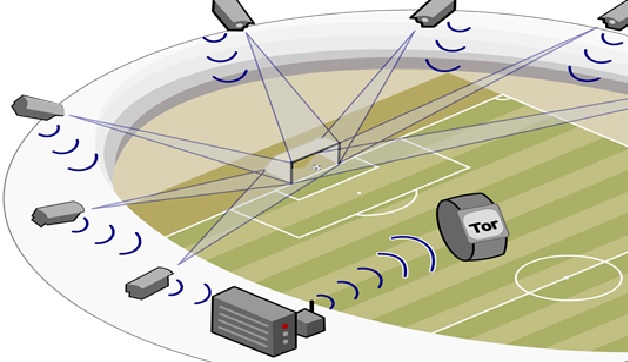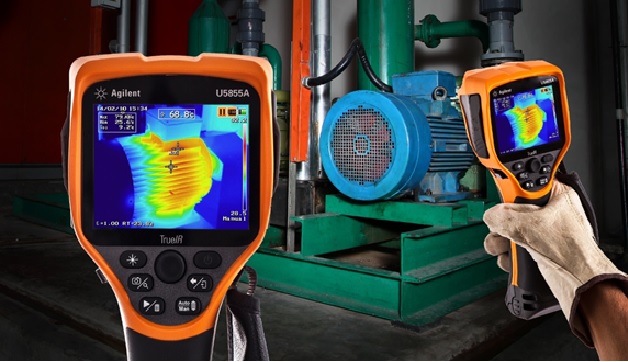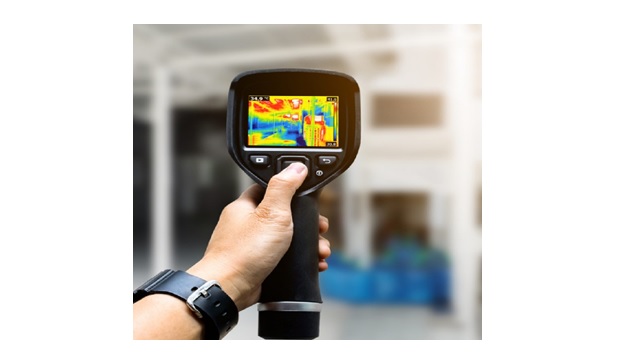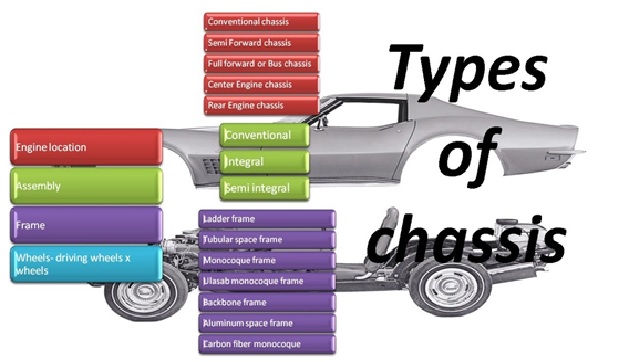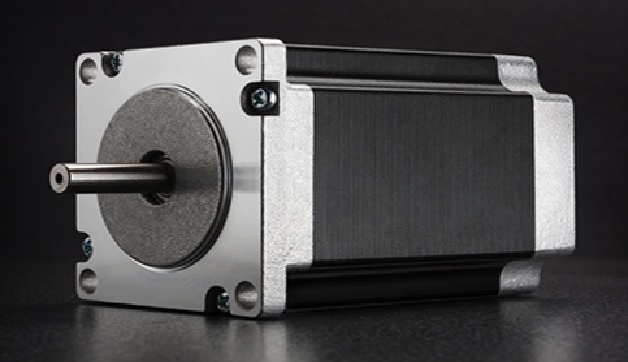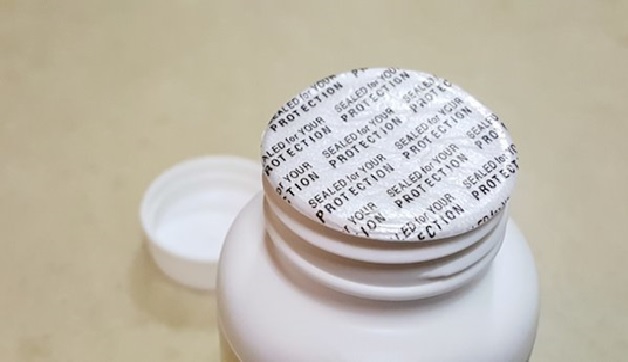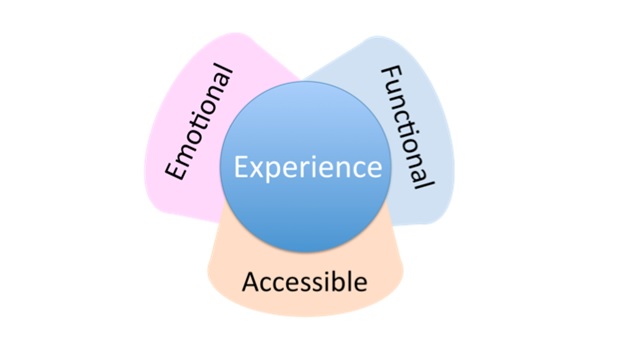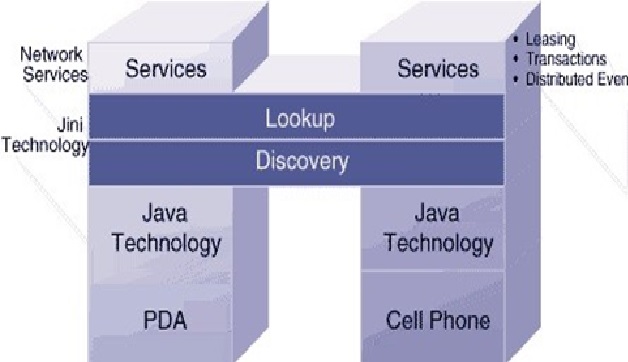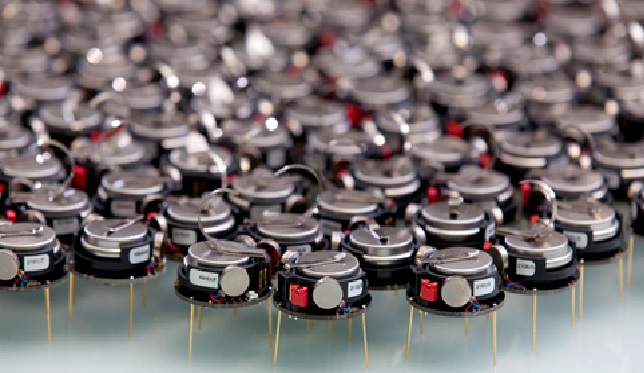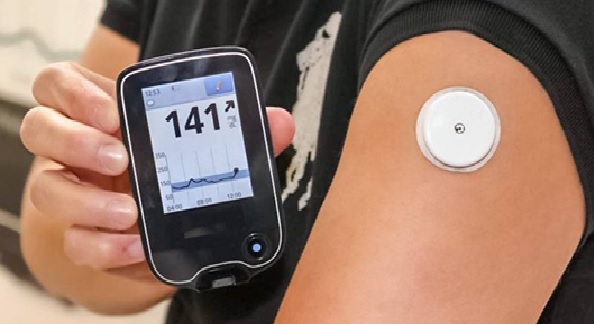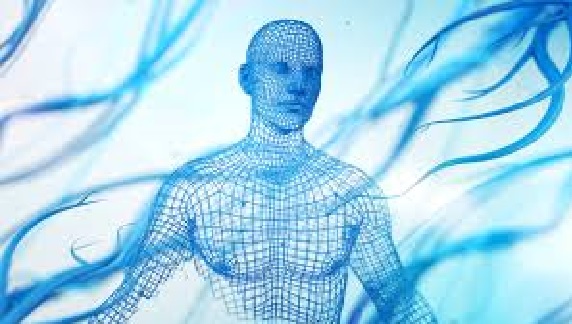New GenAI Hybrid Tool Generates Realistic Images Quickly and Efficiently
This innovative method operates nine times faster and consumes fewer resources compared to current diffusion models. The ability to generate high-quality images rapidly is essential for creating realistic simulated environments, helping train self-driving cars to navigate unpredictable hazards and enhance street safety.
Generative AI techniques used to create realistic images come with trade-offs. Diffusion models, while capable of producing high-quality images, are slow and resource-heavy. In contrast, autoregressive models, like those used in LLMs such as ChatGPT, are faster but generate lower-quality images with more errors.
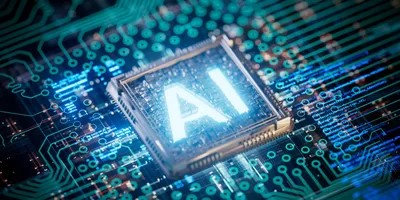
Figure 1. New Hybrid GenAI Tool Creates Realistic Images Quickly
Researchers from MIT and NVIDIA have developed HART (Hybrid Autoregressive Transformer), a new tool that combines the strengths of both autoregressive and diffusion models. HART uses an autoregressive model for quick broad image creation, followed by a smaller diffusion model to refine details [1]. This approach allows HART to generate images of comparable or superior quality to advanced diffusion models, but about nine times faster. Figure 1 shows New Hybrid GenAI Tool Creates Realistic Images Quickly.
HART's generation process requires fewer computational resources than traditional diffusion models, allowing it to run locally on devices like commercial laptops or smartphones. Users can simply input a natural language prompt to generate an image. This makes HART highly versatile, with potential applications in areas such as training robots for complex tasks and assisting designers in creating stunning scenes for video games.
Haotian Tang PhD '25, co-lead author of a paper on HART, explains the concept by comparing it to painting: starting with the big picture and then refining the details with smaller brushstrokes results in a better final image. Tang is joined by co-lead author Yecheng Wu, an undergraduate at Tsinghua University, and senior author Song Han, an associate professor at MIT and distinguished scientist at NVIDIA. The research will be presented at the International Conference on Learning Representations.
Combining the Best of Both Worlds
Popular diffusion models like Stable Diffusion and DALL-E are known for producing detailed images, but they are slow and resource-intensive due to their iterative process of predicting and removing noise from each pixel across multiple steps. In contrast, autoregressive models are faster but less accurate, as they predict images sequentially without the ability to correct mistakes, resulting in lower-quality images.
To combine the strengths of both, the HART model uses an autoregressive model to predict compressed image tokens quickly, followed by a small diffusion model to refine and correct the details lost during compression. This hybrid approach significantly improves image quality, especially for intricate details like edges and facial features, while maintaining speed. By reducing the number of diffusion steps required, HART achieves high-quality results in just eight steps, enhancing efficiency and preserving the speed advantage of autoregressive models.
Surpassing Larger Models
While developing HART, the researchers faced challenges in integrating the diffusion model effectively with the autoregressive model. They found that applying the diffusion model early in the process led to an accumulation of errors. Their final design, however, where the diffusion model predicts only residual tokens as the final step, significantly improved image generation quality.
The HART model, which combines a 700-million-parameter autoregressive transformer and a lightweight 37-million-parameter diffusion model, generates images of similar quality to those created by a 2-billion-parameter diffusion model, but nine times faster and with 31% less computational cost.
Additionally, since HART utilizes an autoregressive model, it is more compatible with unified vision-language generative models, making it an ideal candidate for integration into new multimodal AI systems [2]. The researchers also aim to build vision-language models on top of HART and extend its use to video generation and audio prediction tasks.
This research was supported by the MIT-IBM Watson AI Lab, the MIT and Amazon Science Hub, the MIT AI Hardware Program, and the National Science Foundation, with GPU infrastructure donated by NVIDIA.
Reference:
- https://news.mit.edu/2025/ai-tool-generates-high-quality-images-faster-0321
- https://www.labmanager.com/new-hybrid-genai-tool-quickly-and-efficiently-creates-realistic-images-33780
Cite this article:
Janani R (2025), New GenAI Hybrid Tool Generates Realistic Images Quickly and Efficiently, AnaTechMaz, pp. 587



